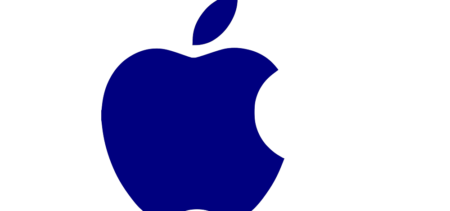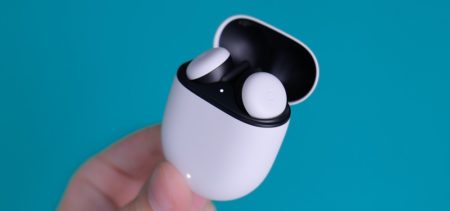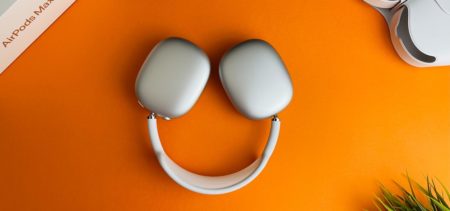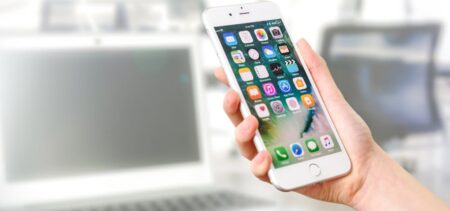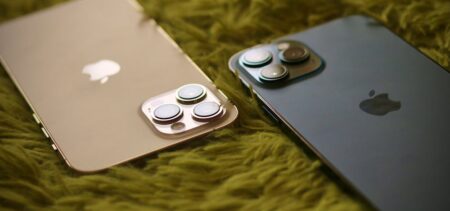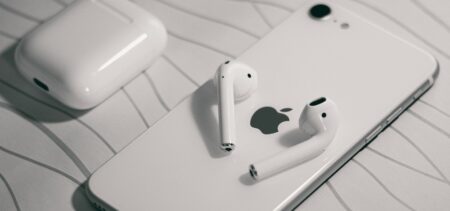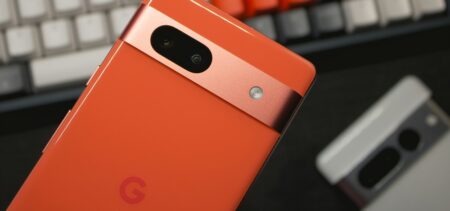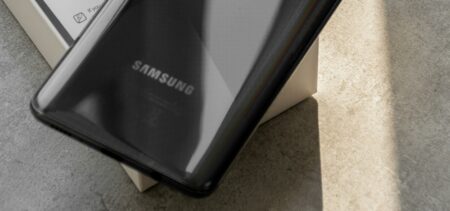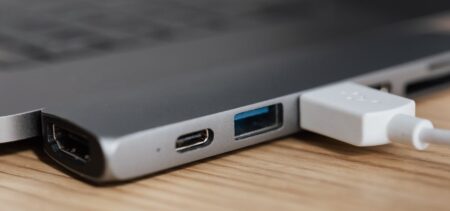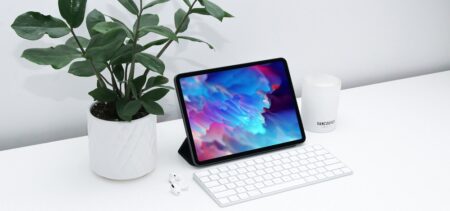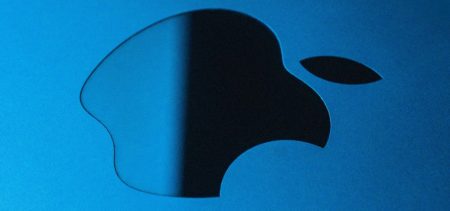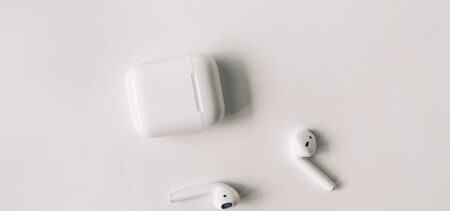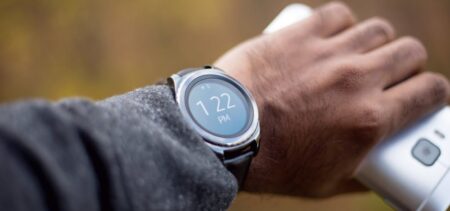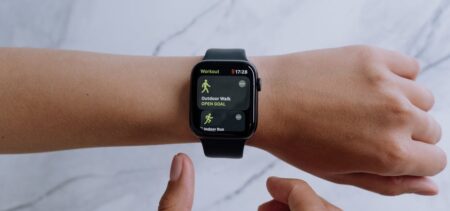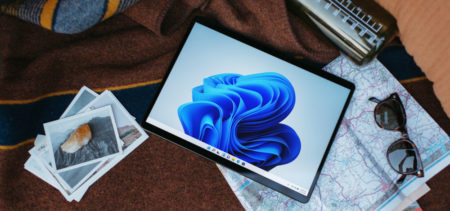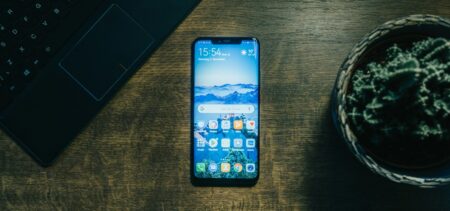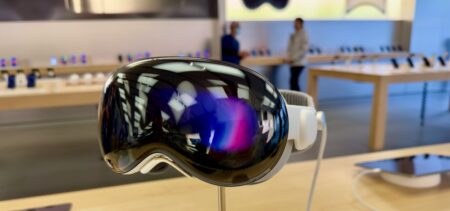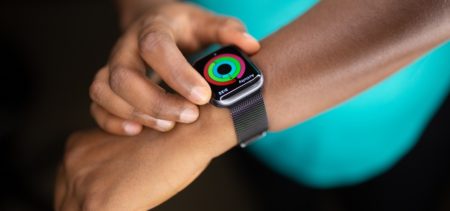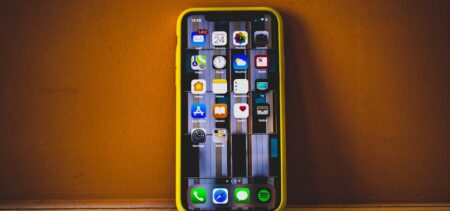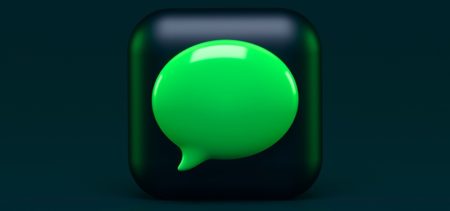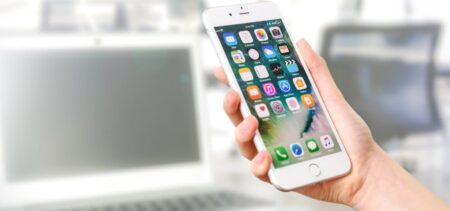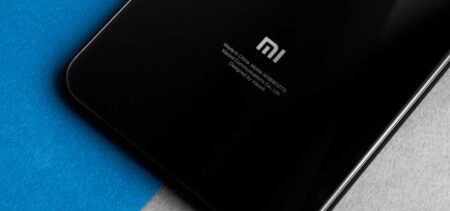With all the surveys on how smartphones are taking over the digital environment and become the main type of user terminals, surpassing all others in popularity and usability, combined with the marketing craze surrounding each new phone launch, we might think we are at the utmost peak of innovation in what these devices are concerned. Round phones design, shape-shifting mobiles, transparent terminals, 3D projected apps, bio-integrated phones – one might easily start a quest for them. A premature quest, since such telecommunications devices are not yet here – if ever.
The design of mobile phones is rather a cautious matter, determined by studies and by resilience and comfort considerations. Any major change implies a leap in concept, one that many brands are not sure if they want to dive into, since perhaps their customers will not follow. With a saturated devices’ market, the buyers might easily go for another product instead of agreeing to experiment an all-new concept.
It is to be expected from the digital generation to show a layer of reticence and traditionalism somewhere in their process of selection – after all, they have to continuously adapt and learn as they go when it comes to technology. The software core is evolving in devices, so are the capabilities, and it takes a lot of energy and innovative openness to keep up with it. Perhaps the refuge of traditionalism somehow set home in the design department. However, this is only an assumption.
If futuristic smartphones were just about to dawn on us, what types of changes might they bring?
-
Transparent interfaces
Nokia’s phone, The Morph, hinted at future transparency and transformability in phones, making the entire device look like a see-through screen, hosting more than one functionality. Although Nokia seemed on the brink of disappearing as a brand for a while, recently it has revived its future prospects in a move that suggests we may one day see such smartphones come true, “connecting people”.
Perhaps the day of transparent, double-sided screens is closer than we thought…
-
Holographic UI projection
Projecting the user interface is a necessity for small-screened gadgets, so while the smartphones still aim for medium to big sized screens, it rather fits the wearables environment, where the no screen/tiny screen limitation is hindering users.
With materialized examples such as the Cicret Bracelet and with Samsung patenting a projection system that would allow your smartwatch to use the wrist as a projecting surface, the idea of using the human body as a screen is still in beta phase.
No signs whether any renowned smartphone brands are considering going the other way and produce a small-sized phone that would project the menu and UI in order for users to be able to interact with its features. Or are there? Lenovo showcased in 2015 the Smart Cast, a phone with a build-in laser projector that produced a virtual keyboard on a flat surface. Sony also presented their Xperia projector concept. Nevertheless, it seems the detractors of this idea are holding their positions – there is no need for this kind of innovation, they say.
-
Modular phones design
Modular phones started to emerge in concept stage, although the prediction of 2015 going modular was not fulfilled after all (yes, this source just replaced “2015” with “2017” – just check the date of the comments!). Google’s Project Ara did not materialize itself yet. Latest news though pinpoint that Ara will be available in late 2016 for developers.
However the modular phone idea is still in the cards and it has accumulated a bit of a history ever since it has been tempting the tech designers.
LG G5 presents itself as a modular phone, in what modular could mean if given a minimalist interpretation, since only the battery is removable and replaceable.
-
Shape-shifting phones design
This concept would actually take modularity to the next level, with devices that can be rearranged to get a second or a third appearance. Since phones are more about the inside capabilities, transforming a phone into a VR gear or a fitness tracker would actually require that phone to contain all devices in one form, making it very complicated for the producers to fit in all features – and make it all re-arrange(able) on the outside.
Nevertheless being able to acquire a smartphone that changes its shape at will sounds interesting and it would be a challenge in the technical department – one that might someday find the right designers and tech engineers to raise up to it.
Nokia tackled the shape-shifting idea in 2008 with the Rune Larsen flexible screen layer that allowed surface shapes – it is unclear to what purpose besides the touchy-feely sensation and sheer fun.
The Morphees concept from 2013 used shape-changing materials and their reversibility property, but the aspect was in the incipient stage and the buzz soon wore off.
Here comes 2016’s Cubimorph phone, a modular and shape-shifting concept from the University of Bristol’s Computer Science Department. The phone is designed to morph into a game controller in sync with a designer app. It looks, well, unaesthetic, but its demonstration is expected soon and it enthused quite a few tech passionate.
-
Flexible phones design
Screen flexibility might also be closer than it appears, with the ReFlex prototype coming from Queens University to prove it attainable.
LG has its LG Flex phones with an equally curved battery inside, but they are quite far from what we truly imagine when we think of a flexible phone and rather close to a usual device, only curved and resistant to bending. Nevertheless the same brand explores flexible, roll-able screens for their TVs (set to come in 2017), so they might have a few ideas in store for their mobile phones, too.
The Arubixs – Flexible Wearable Smartphone Indiegogo campaign teases a wearable, flexible prototype, but its straps seem to have sprout from the past of wearables.
Samsung is also considering flexibility for its 2017 Galaxy phones – foldability would allow users to better carry around big-screens phones and fit them in their pockets.
-
Round phones design
The round phone concept reached the online media approximately one year ago, when Runcible showcased its concept phones shaped like a compass or a vintage pocket watch. With its retro looks and metal-and-timber aspect, this concept surely catches the eye, yet something seems amiss.
The Cyrcle phone made its presence visible as a startup product in 2016, but is looks even more perishable and weird. Aiming to attract the feminine smartphone users, Cyrcle is shaped like an eye-shadow box and looks extremely plastic-y, for some reason.
A round phone serves the scope of users being able to fit it in their pockets easily – it can also become a fashion accessory or a piece of tech gear once people get used with the new shape and its functionality – but it definitely has to come in a better shape than these.
Perhaps even this enumeration above is limited – other possible smartphone design innovation are so out-of-the-box that no one has even tried them yet. Nevertheless, some novel shapes and lines would be welcome in what is now a rather predictable department – the aspect of modern, expensive smartphones.


